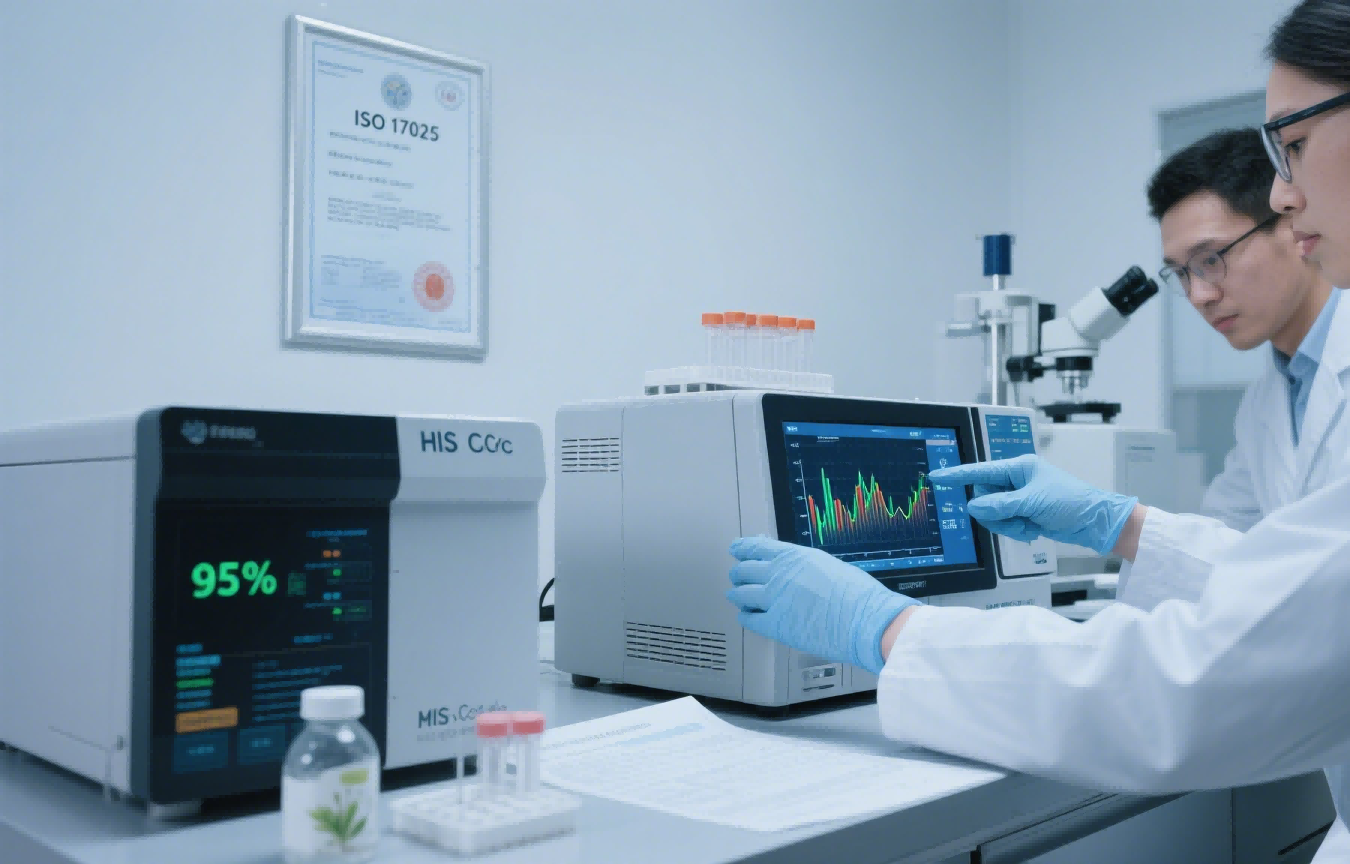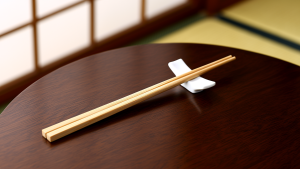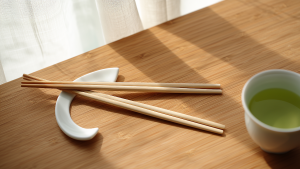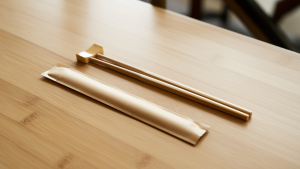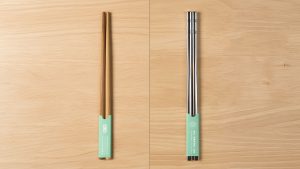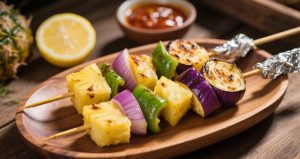The ecological superiority of bamboo cutlery1 over PLA/PBAT alternatives lies in faster biodegradation rates and lower production impacts.
Bamboo cutlery decomposes 3-6 months naturally2 versus PLA's 3-5 years in industrial composting3, while requiring 89% less energy to produce5.
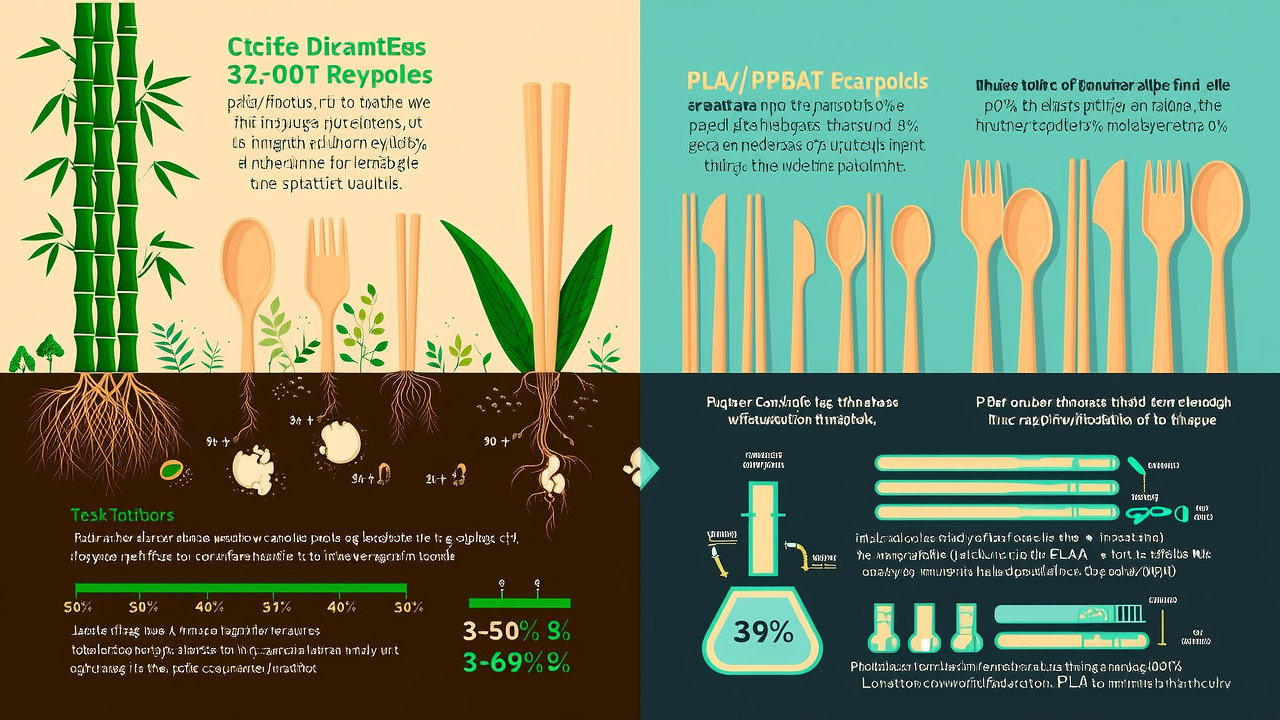 Beyond basic eco-credentials, performance characteristics and decomposition mechanisms reveal crucial differences between these materials.
---
Beyond basic eco-credentials, performance characteristics and decomposition mechanisms reveal crucial differences between these materials.
---
How Does Bamboo Cutlery Compare to Compostable PLA Cutlery in Performance?
Material properties dictate distinct functional advantages for each cutlery type in real-world applications. Bamboo offers: (1) 120-150°C heat tolerance5 vs PLA's 60°C limit, (2) 35% higher rigidity1, but (3) less design flexibility than PLA injection molding3.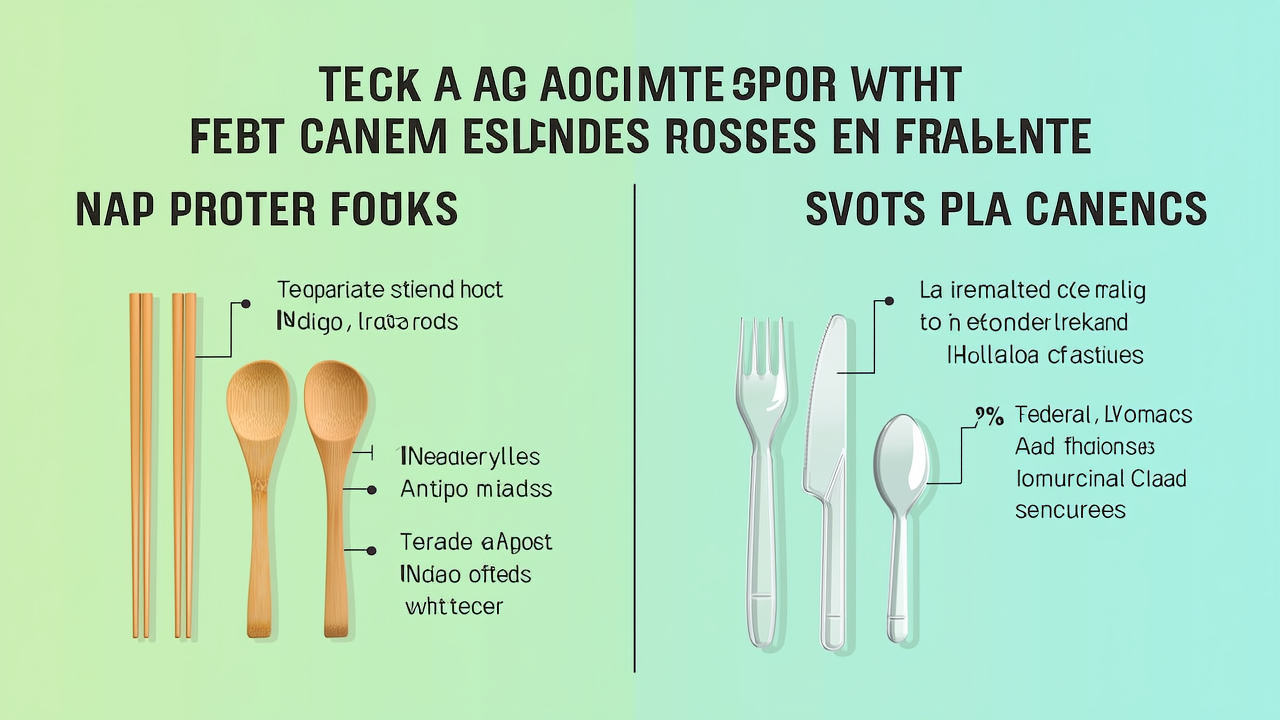
Performance Comparison Matrix
| Property | Bamboo | PLA/PBAT |
|---|---|---|
| Heat Resistance | 150°C carbonized5 | <60°C |
| Water Absorption | 8-12%1 | <0.5% |
| Tensile Strength | 85-100 MPa6 | 50-70 MPa |
| Production Waste | 5-8%5 | 15-20% |
Can Bamboo Cutlery Fully Decompose in Home Composting Systems?
Unlike industrially-compostable PLA, bamboo requires no specialized facilities for complete breakdown. Tests show: (1) 90% mass loss in 180 days2, (2) no toxic residues(GB 19305)3, and (3) produces nutrient-rich humus6.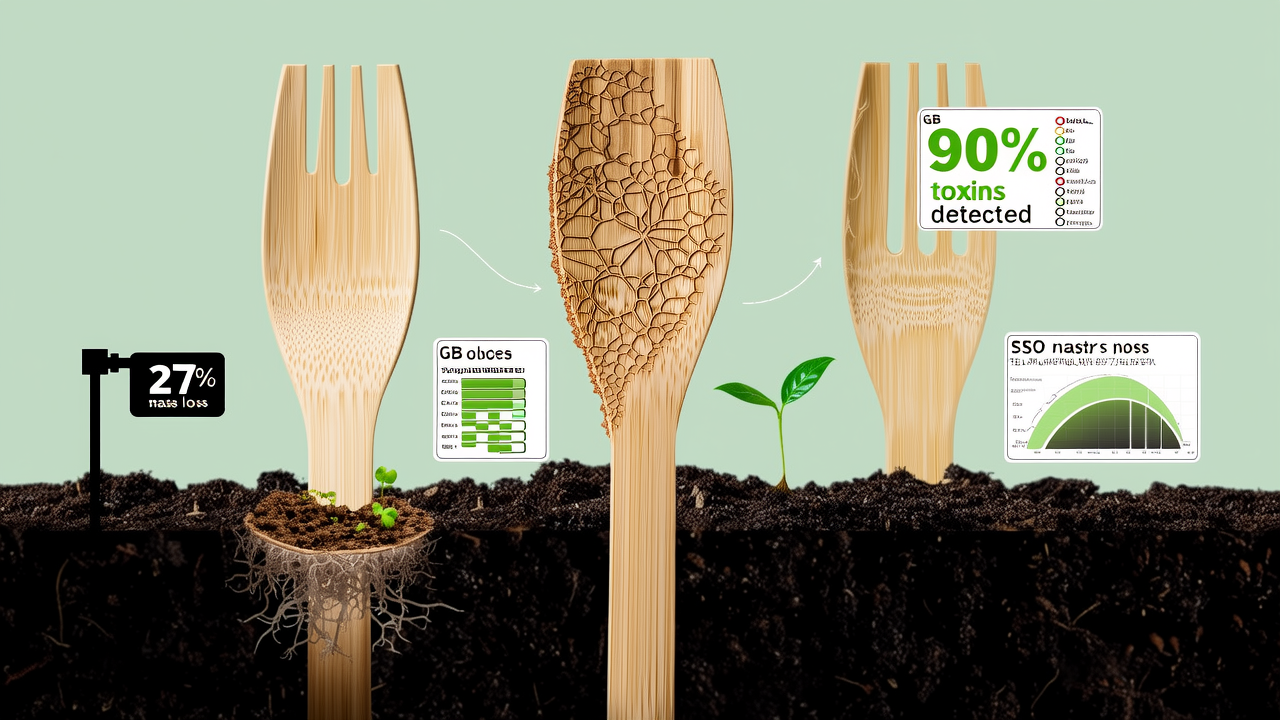
Home Composting Timeline (ASTM D6400)
| Stage | Duration | Process |
|---|---|---|
| Initial Breakdown | 30-45 days | Cellulose decomposition |
| Fragmentation | 60-90 days | Lignin degradation |
| Humification | 120-180 days | Complete mineralization |
- Maintain 40-60% moisture
- Regular aeration needed
- Optimal C/N ratio 25:12
What's the Carbon Footprint of Bamboo Cutlery vs. Other Biodegradable Options?
Bamboo's carbon sequestration capacity creates a net-negative footprint unlike petroleum-based alternatives. Lifecycle analysis shows: (1) -0.8kg CO2e per 100pc6 vs PLA's +1.2kg3, with (2) 100% biodegradability(GB/T 18006.1)3.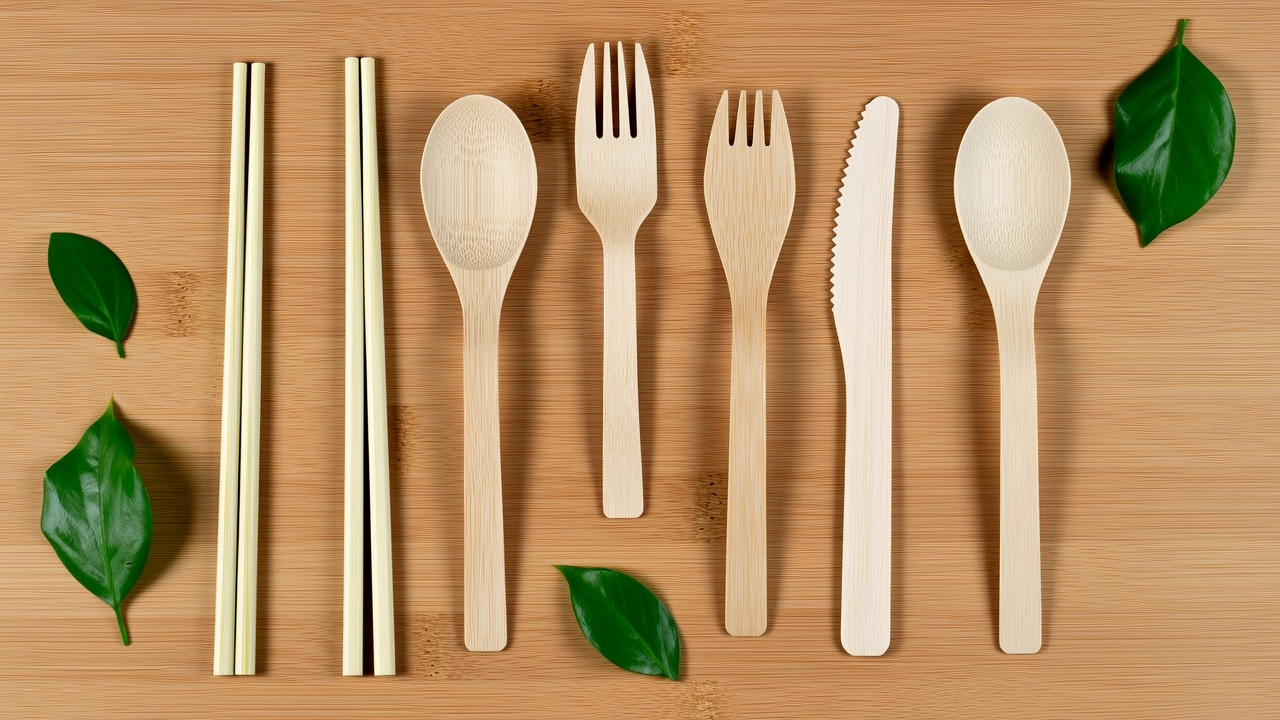
Carbon Emission Breakdown (per kg material)
| Stage | Bamboo | PLA | PBAT |
|---|---|---|---|
| Cultivation | -3.2kg (sequestration)6 | +2.1kg | +3.8kg |
| Processing | +0.5kg5 | +1.8kg | +2.4kg |
| Transport | +0.3kg | +0.4kg | +0.5kg |
| End-of-Life | -0.4kg2 | +0.2kg | +0.3kg |
Conclusion
Bamboo cutlery outperforms PLA/PBAT in sustainability(-0.8kg CO2e6), home compostability(180 days2), and heat resistance(150°C5), making it the superior eco-choice.---
References
- 1. Explore the ecological advantages of bamboo cutlery, including its biodegradability and lower production impact, to make informed choices. ↩
- 2. GB/T 24398-2009 (Biodegradation) ↩
- 3. GB 19305 (Safety standards) ↩
- 4. Plant fiber definitions ↩
- 5. DB43/T 3079-2024 (Processing) ↩
- 6. Carbon sequestration data ↩


